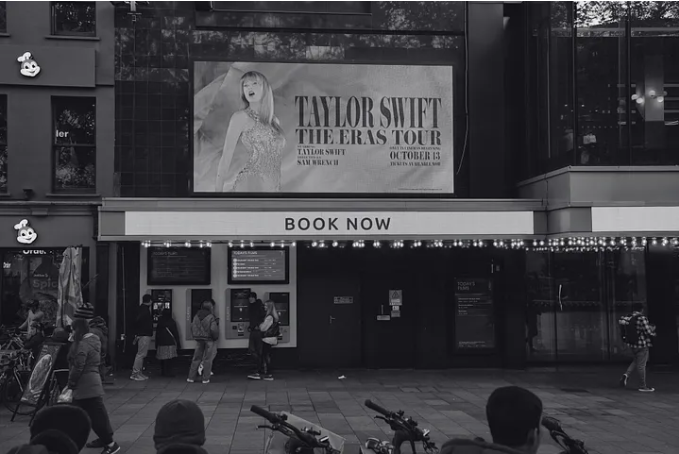Everything I Know About Creating Buzz, I Learned From Taylor Swift
In the realm of startups, every tactic is a hack. From finding shortcuts in product development to validating customer demand, and accelerating growth, innovation is key.
Among the plethora of growth hacks, scarcity stands out as a formidable strategy, rivaling even the power of virality. The allure of exclusivity, of being told “you can’t have it,” has an irresistible pull that fuels desire like nothing else.
Reflecting back to my college days in the 1980s, I recall the mystique surrounding Coors beer. With a reputation shrouded in legend, its limited availability outside of Colorado only added to its allure. The scarcity, whether intentional or not, transformed it into a marketing phenomenon, with enthusiasts traveling far and wide to procure a taste of its elusive brew.
Similarly, my journey with the founders of Chubbies shorts revealed the impact of scarcity on consumer perception. Though unintentional, the heavy backorders of their products fueled the perception of desirability, propelling the brand into the limelight.
Scarcity remains a potent growth hack in today’s landscape. From the meteoric rise of Clubhouse to the exclusivity of platforms like Superhuman and limited-edition sneaker releases, the principle holds true across diverse industries.
Taylor Swift’s “Eras” tour serves as a quintessential example of leveraging scarcity to drive demand. With tickets in high demand and prices soaring on the aftermarket, one may question why she didn’t simply sell more tickets or raise prices.
Yet, Taylor’s strategic approach to ticket pricing reveals a deeper insight. By deliberately underpricing tickets, she generated buzz and anticipation, relying on the resulting demand to offset any potential revenue loss.
Key to Taylor’s strategy was the integration of time pressure. Designated ticket release days created a sense of urgency, turning ticket acquisition into a coveted event reminiscent of the frenzy surrounding new iPhone releases.
Furthermore, Taylor capitalized on her momentum post-tour, leveraging the success of her live performances to fuel other revenue streams such as theatrical releases and merchandise sales.
In essence, Taylor Swift’s approach underscores the power of scarcity in driving demand and monetizing success. By strategically limiting supply, creating time-sensitive opportunities, and capitalizing on post-event momentum, businesses can harness the potency of scarcity to elevate their brands and offerings.
However, it’s essential to recognize that these strategies may not align with every business model. Success hinges on creating a product or experience that resonates with consumers’ desires, laying the foundation for buzz-worthy initiatives.
In the end, mastering the art of scarcity opens doors to new opportunities and empowers brands to navigate the ever-evolving landscape of consumer engagement. Just as Taylor Swift has demonstrated, the ability to create buzz affords businesses the invaluable asset of choice, paving the way for sustained growth and success.
Most of all, buzz gives you choices. And that’s probably the most valuable asset that Taylor Swift — or any of us — will ever have.
follow PreparationTech launches diversity .







